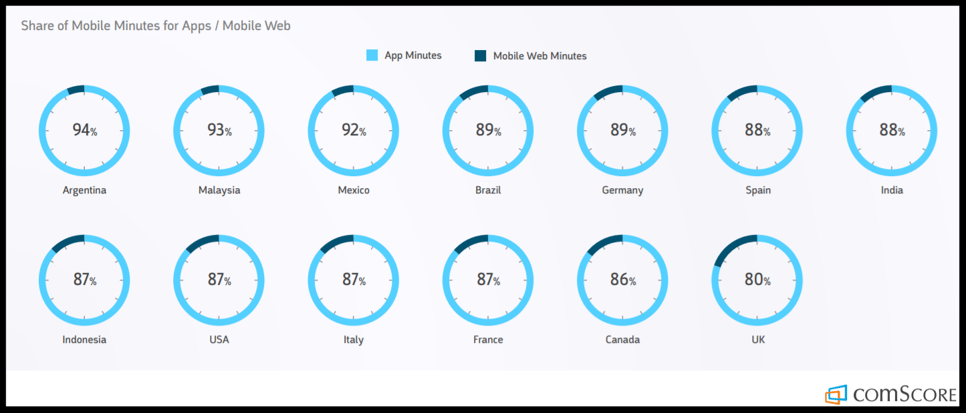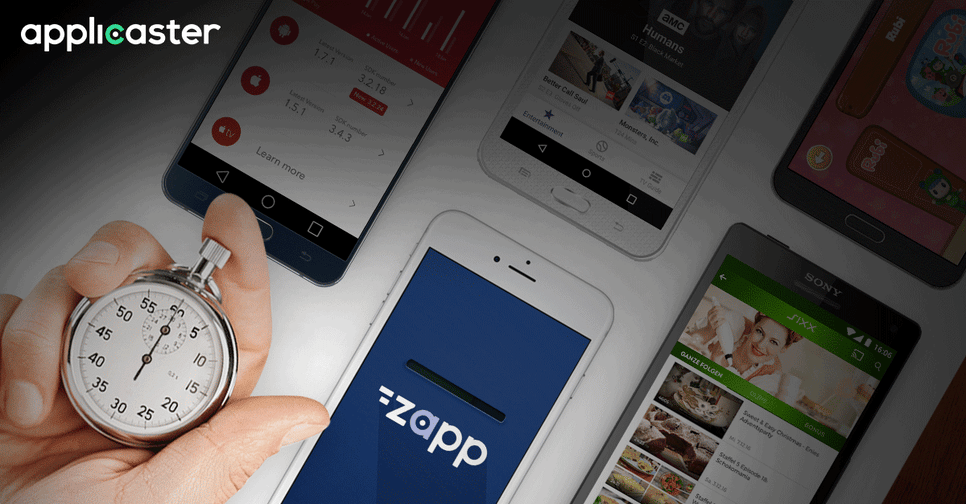
According to comScore, 64% of online consumers are on a mobile device. Of this, 87% of the time is passed within apps and not on the web. We should see many more apps being released compared to how many new sites are being created every day, but there are reasons why we often give up too early.
1. Cost of development
Developing any new service (whether an app or a website) requires an important initial investment. However, in the case of an app, you need to focus special attention on the upfront development: the app must be complete, tested and as bug-free as possible before being published on the store. While a website may have a more gradual development, releasing new sections at a later time, an app must be complete immediately. The bulk of costs are therefore usually on the initial phase, before there is even any indication of whether the app will succeed or not. The business plan therefore must be particularly robust and probably requires a substantial number of downloads to achieve a positive ROI.
2. Time of development
The communication strategies of many companies have become shorter: the big brands change the investments in communication every month based on their results. In some sectors, such as automotive, the pace is even faster, with changes to marketing plans every two weeks. In this context, the launch of a project that may require months of development represents a risk. A quality app, where both the content and the user interface are top-notch, takes time to develop from scratch. And during this time the priorities could change, sinking the investments made up to that moment. Furthermore, a fast time-to-market is essential to capitalize on the opportunities available in an ever-changing landscape.
3. Management of updates
While a website is built on sufficiently stable standards, an app is totally dependent on the operating system it will work on: the release of a new version of iOS or Android may require updates that we cannot avoid. The business plan, which must be implemented at the beginning, before the release, cannot be separated from the careful management of updates during the lifespan of the app. The thought of having to consistently maintain an app even after a successful (and costly) development and launch is just too daunting for many would-be app owners, and they get stuck on
Turning limits into opportunities
The three reasons highlighted above all have their roots in the traditional development model. The management of the project starts from the design of the app, the use of focus groups to decide a priori the best design, the realization of prototypes, alpha and beta versions and so on until the final release on the store: this process takes time and important development costs.
However, there is a different model: the SaaS model (software as a service). Applicaster's cloud-based, app-building platform allows you to create and launch an app much more efficiently, by integrating 3rd party solutions via our plugin ecosystem. In this way it is possible to:
- Dramatically reduce development time, and therefore time-to-market
- Pay zero development costs, replaced by a fixed monthly fee
- Forget about the management of updates to operating systems
- Remotely control your app, without having to republish to the store every time
- Benefit from ready-made integrations with leading third-party tools (CMS, analytics, video player, adserver, etc.)
Read our case studies about:
Child friendly media apps
News app development
Broadcaster app development
OTT apps
Radio show app development
Sport App Development






